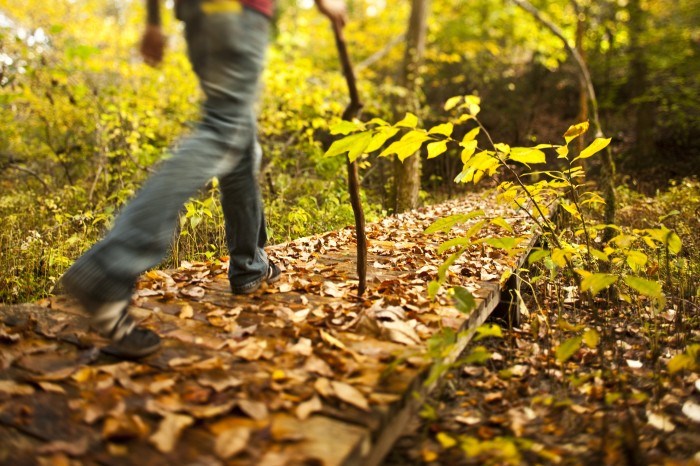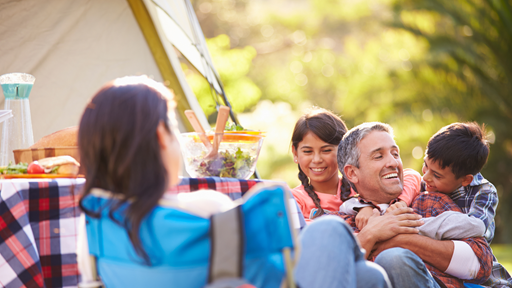Hiking is one of the best fun, free and healthy activities for all ages, but there are a few things to bear in mind before you hit the trails to help you get the most out of your outdoor adventures.
Equipment
While there’s no charge for hiking itself, it’s a good idea to invest in a few items to make sure you’re prepared.
• A good sturdy pair of shoes: you don’t have to get the most expensive latest hiking boot out there, but make sure you wear shoes that will cushion your feet and preferably give you good ankle support (no hiking in flip-flops!). And if you buy a new pair, don’t forget to wear them around to break them in before you go in order to avoid blisters!
• A comfortable daypack: if you’re just going out on short hikes, this doesn’t need to be any advanced piece of equipment. Any decent backpack that feels comfortable on your shoulders will do. And ladies, avoid hiking with a purse if you don’t want a sore shoulder, even if you simply put your purse down inside a backpack with both shoulder straps to distribute the weight evenly.
• An adequately large water bottle: Yes, it’s heavy, but it is extremely important to make sure you take enough water with you to stay hydrated, even on very short hikes. While you can buy a bottle of water from a store, 32oz shatter-proof, BPA-free water bottles are a great investment that will work out cheaper in the long run.
• Sun protection: A hat and/or sunglasses are usually a good idea to help protect you from the sun.
It’s best not to weigh yourself down too much, but there are a few other items that it is good to make sure at least one person carries with them.
• Sunblock
• Bug spray
• Basic first aid kit (alcohol wipes, bandages, aspirin or other painkiller in an old mint or candy container, an anti-histamine like Benadryl for allergies or reaction to insect bites)
• Hand sanitizer (particularly if you’re planning to picnic)
• Light jacket or emergency poncho
• Map
• ID
• Other items might include: camera, trail mix or granola bars or even some sugary candy for quick energy, picnic lunch (if you’re picnicking, don’t forget a plastic bag of some sort to carry out your trash)
Other Tips:
• Take a map – if possible, try to take a map of the trail with you. An overview map of the area you are visiting is a good start, and you can usually find a more detailed map of the local trail at the nearest visitor center or sometimes in a box at the trailhead. Or if not, there will usually be some sort of map on a signboard at the trailhead. Take a minute to check it out so you know where you’re headed and how far the trail goes.
• Look for loops – when choosing a trail, loops are a great option, as you know if you stay on the trail you’ll end up back where you started. This helps keep you from getting lost, as well as helping control the distance you hike so you don’t end up going too far out on a trail and finding yourself too tired on the way back. Plus it means you see different scenery for the whole hike!
• Be prepared for the weather – particularly if you are hiking in the mountains, take extra layers of clothing and raingear, even if it looks like a bright, sunny day when you are leaving, as the weather can change rapidly.

























